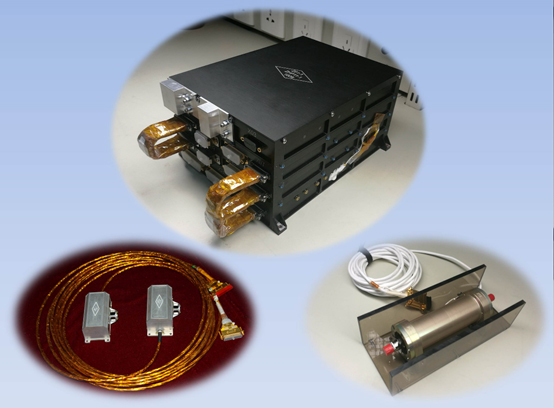The High-Precision Magnetometer (HPM) includes a dual sensor fluxgate magnetometer (FGM, developed by the National Space Science Center (NSSC) of the Chinese Academy of Sciences) for measuring the vector components of the magnetic field, and a scalar magnetometer (CDSM) (developed by the Space Research Institute (IWF) of the Austrian Academy of Sciences (ÖAW) and the Institute of Experimental Physics (IEP) of the Graz University of Technology) for high accuracy measurement of the magnetic field intensity. A scalar magnetometer is required in order to ricalibrate regularly in flight measurements executed by fluxgate magnetometer, that are typically affected by offset and gain uncertainties due to the intensity of the geomagnetic field in low Earth orbit satellite missions. The CDSM (Coupled Dark State Magnetometer) is an optically pumped absolute scalar magnetometer, which is based on two-photon spectroscopy of free alkali atoms. In a special laser based excitation mode, three different magnetic field dependent resonances arise in the presence of an external magnetic field. They reach their maximal strengths at different angles between the magnetic field direction and the reference axis of the sensor, which is defined by the optical path of the laser excitation field. Dependent on this angle, the strongest resonance is selected for the actual measurement, which enables an omni-directional scalar magnetometer.
Main parameters:
– Two FluxGate Magnetometers (FGM, by NSSC)
- Frequency: DC~15Hz
- Linearity: Better than 0.005%
- Range: ±70,000nT
- Noise: Lower than 0.025 nT/
- Stability: Better than 0.25nT/15 h
– One Coupled Dark State Magnetometer (CDSM, by IWF and IEP)
- Linearity: Better than 0.004%
- Range: 100,000nT
- Noise: Better than 0.05 nT/√Hz@1Hz

No Responses